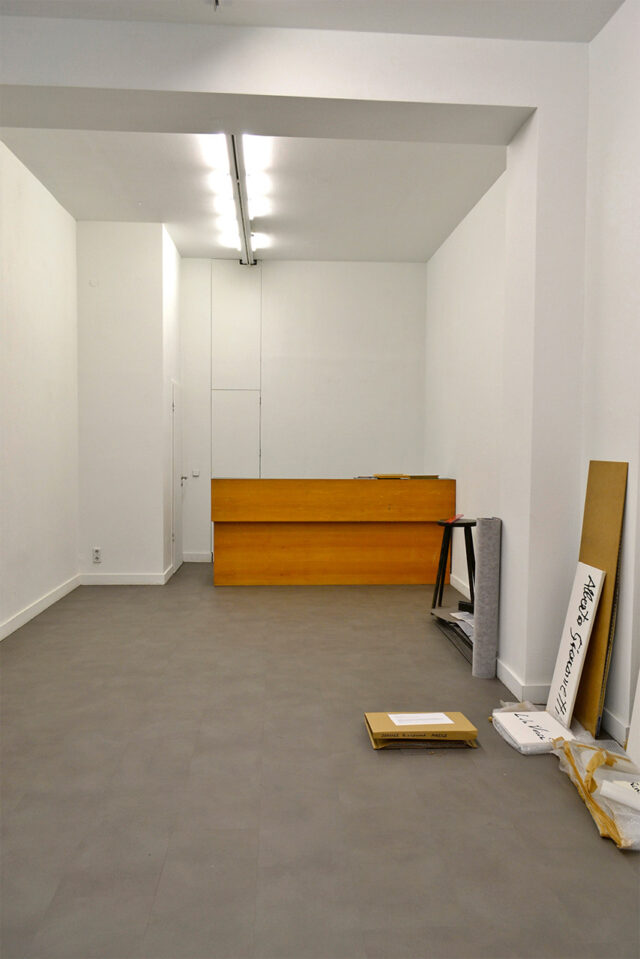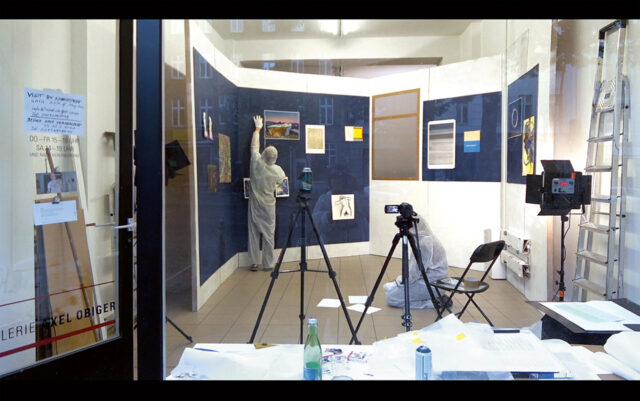
Innenansicht, 2021, Foto: Matthias Moravek

Paper on Paper, Kooperation mit PAPER- Manchester, 2020, Foto: Gabriele Künne

Innenansicht, 2021, Foto: Matthias Moravek

Paper on Paper, Kooperation mit PAPER- Manchester, 2020, Foto: Gabriele Künne